There is no such thing as Islamic science – for science is the most universal of human activities. But the means to facilitating scientific advances have always been dictated by culture, political will and economic wealth.
What is only now becoming clear (to many in the west) is that during the dark ages of medieval Europe, incredible scientific advances were made in the Muslim world. Geniuses in Baghdad, Cairo, Damascus and Cordoba took on the scholarly works of ancient Egypt, Mesopotamia, Persia, Greece, India and China, developing what we would call “modern” science.
New disciplines emerged – algebra, trigonometry and chemistry as well as major advances in medicine, astronomy, engineering and agriculture. Arabic texts replaced Greek as the fonts of wisdom, helping to shape the scientific revolution of the Renaissance. What the medieval scientists of the Muslim world articulated so brilliantly is that science is universal, the common language of the human race. The 1001 Inventions exhibition at London’s Science Museum tells some of the stories of this forgotten age. Here are my top six exhibits:
1) The elephant clock
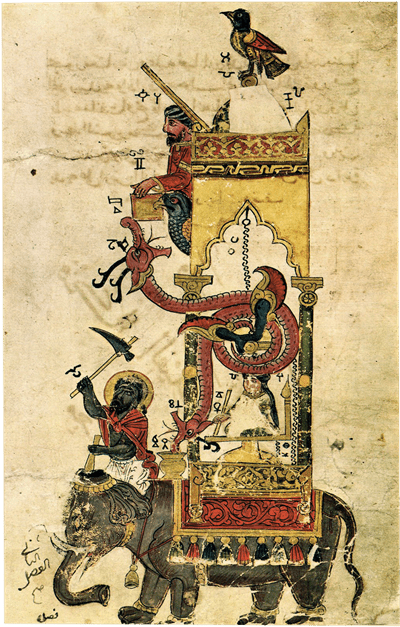
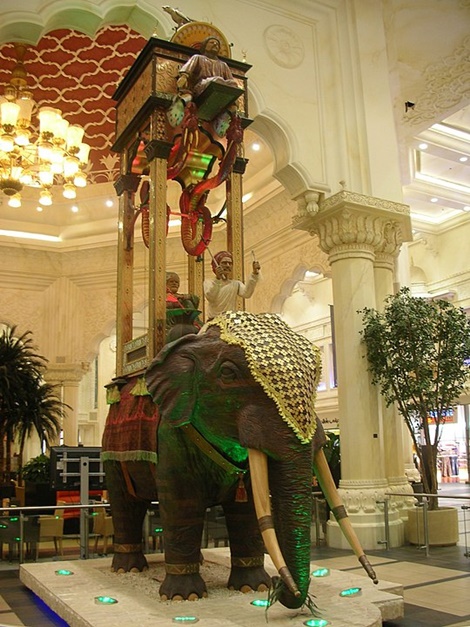
This centrepiece of the exhibition is a three-metre high replica of an early 13th-century water clock and one of the engineering marvels of the medieval world. It was built by al-Jazari, and gives physical form to the concept of multiculturalism. It features an Indian elephant, Chinese dragons, a Greek water mechanism, an Egyptian phoenix, and wooden robots in traditional Arabian attire. The timing mechanism is based on a water-filled bucket hidden inside the elephant.
2) The camera obscura
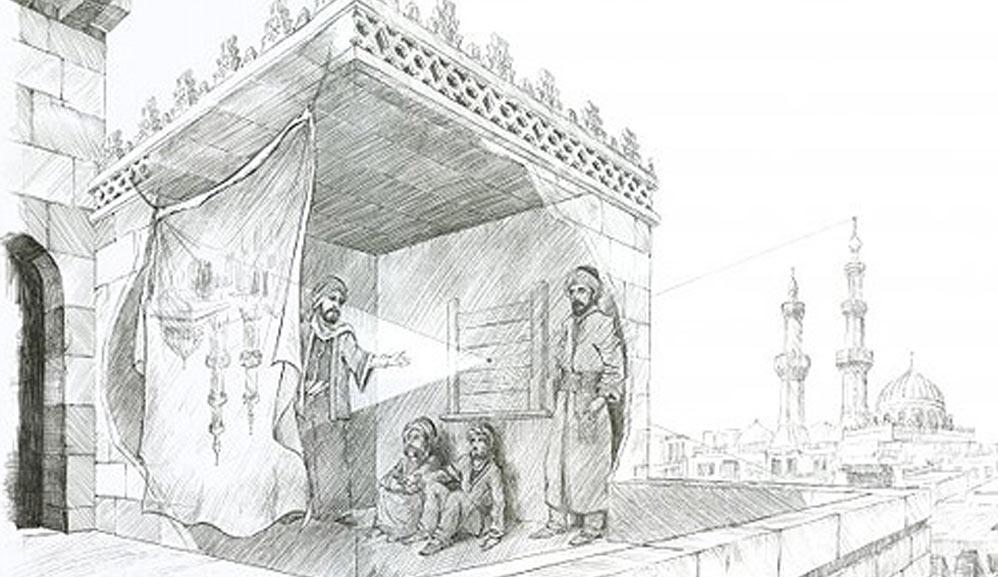
The greatest scientist of the medieval world was a 10th century Arab by the name of Ibn al-Haytham. Among his many contributions to optics was the first correct explanation of how vision works. He used the Chinese invention of the camera obscura (or pinhole camera) to show how light travels in straight lines from the object to form an inverted image on the retina.
Read more about Ibn Al-Haytham here.
3) Al-Idrisi’s world map
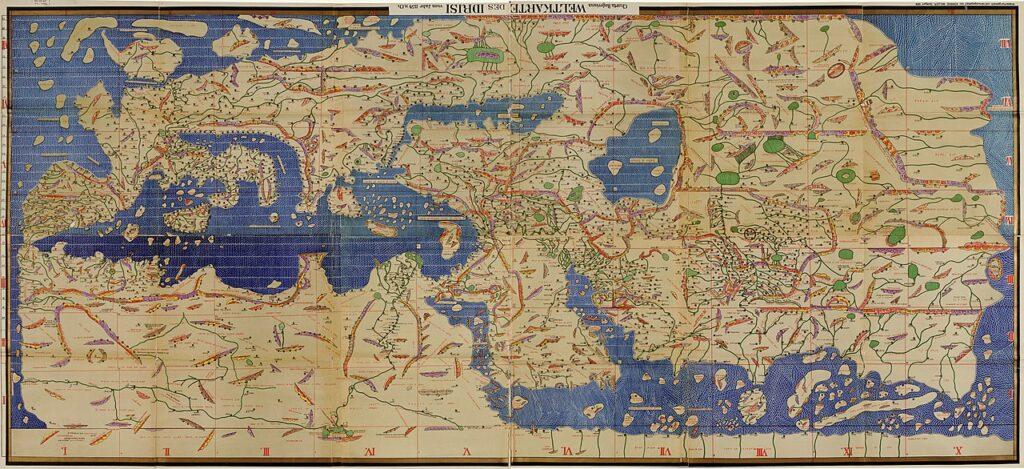
This three-metre reproduction of the famous 12th-century map by the Andalusian cartographer, Al-Idrisi (1100-1166), was produced in Sicily and is regarded as the most elaborate and complete description of the world made in medieval times. It was used extensively by travellers for several centuries and contained detailed descriptions of the Christian north as well as the Islamic world, Africa and the Far East.
4) The Banu Musa brothers’ “ingenious devices”
These three brothers were celebrated mathematicians and engineers in ninth-century Baghdad. Their Book of Ingenious Devices, published in 850, was a large illustrated work on mechanical devices that included automata, puzzles and magic tricks as well as what we would today refer to as “executive toys”.
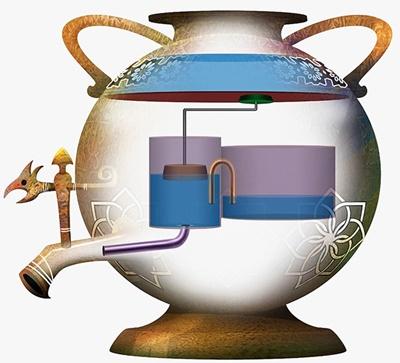
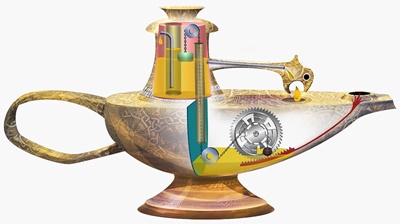
The Haunted Bottle by the Banu Musa brothers
A uniquely designed bottle with two heads. If water is poured in one and juice in another, the two liquids don’t mix. Then if the liquids are poured out from the bottle, the water comes out of the head in which the juice was poured, and the opposite for the juice – it comes out of the head in which water was poured.
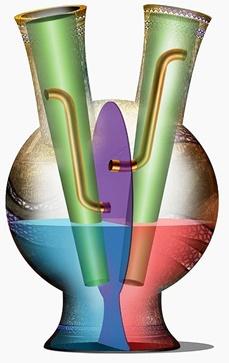
5) Al-Zahrawi’s surgical instruments
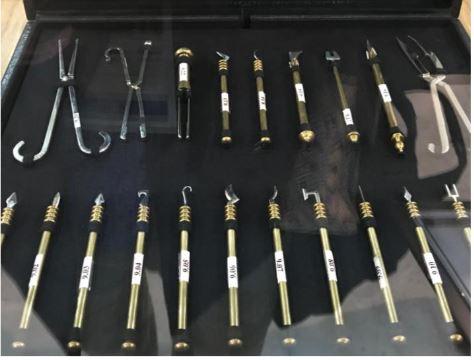
This array of weird and wonderful devices shows the sort of instruments being used by the 10th-century surgeon al-Zahrawi, who practiced in Cordoba. His work was hugely influential in Europe and many of his instruments are still in use today. Among his best-known inventions were the syringe, the forceps, the surgical hook and needle, the bone saw and the lithotomy scalpel.
6) Ibn Firnas’ flying contraption
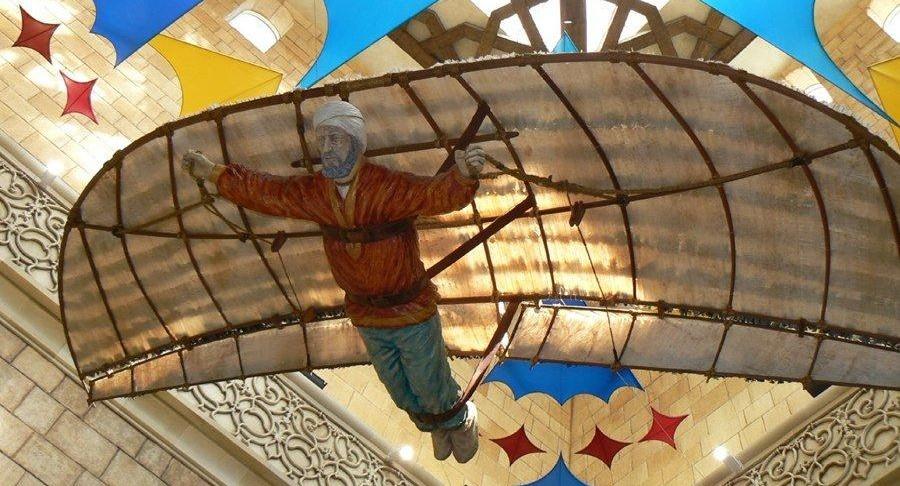
Abbas Ibn Firnas was a legendary ninth-century inventor and the Da Vinci of the Islamic world. He is honored on Arabic postage stamps and has a crater on the moon named after him. He made his famous attempt at controlled flight when, aged 65, he built a rudimentary hang glider and launched himself from the side of a mountain. Some accounts claim he remained airborne for several minutes before landing badly and hurting his back.
Jim Al-Khalili is an author and broadcaster. He is professor of physics and of the public engagement in science at the University of Surrey.
Source: The Guardian
Limited free articles. Subscribe for full access.

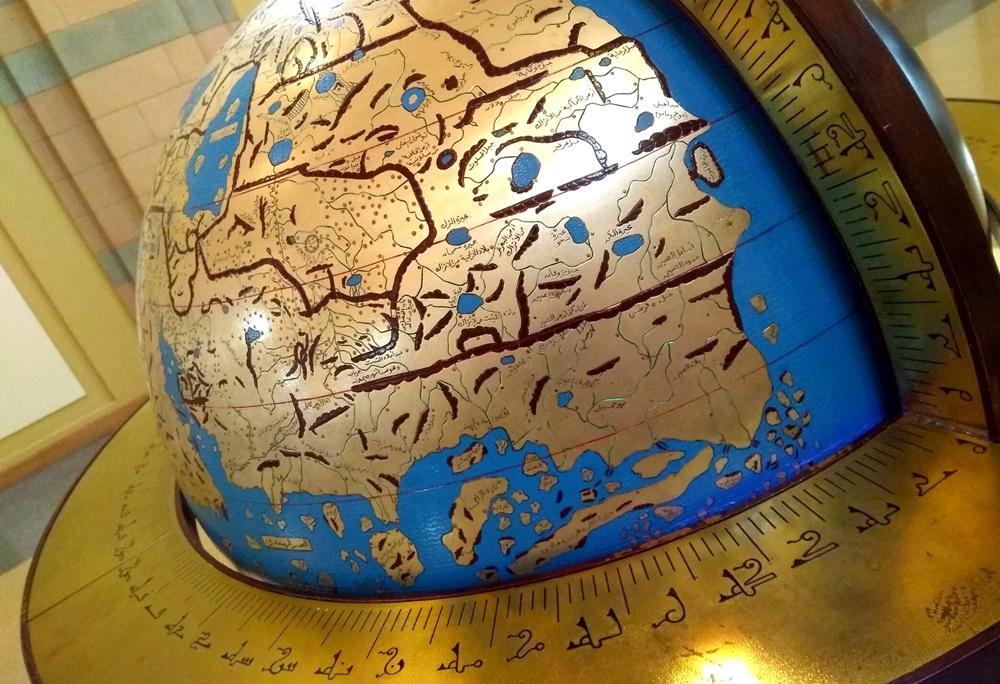

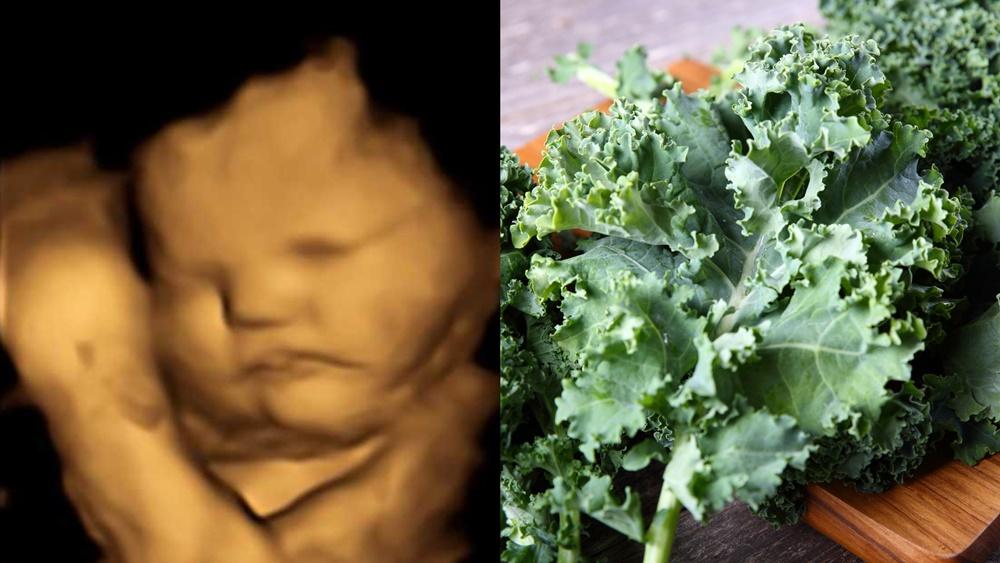


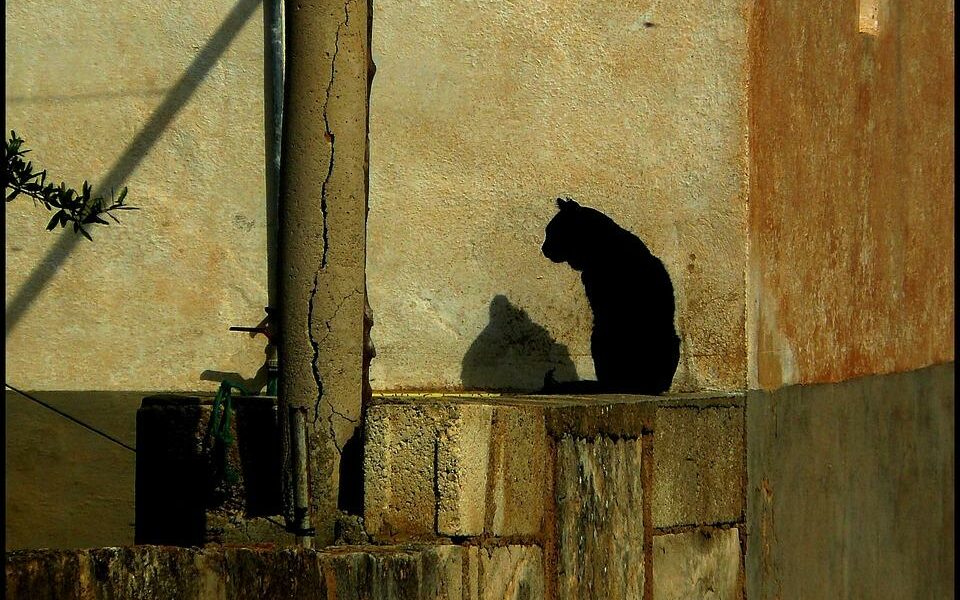

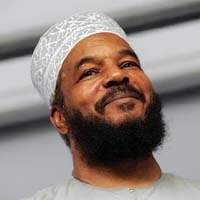 Dr. Bilal Philips
Dr. Bilal Philips